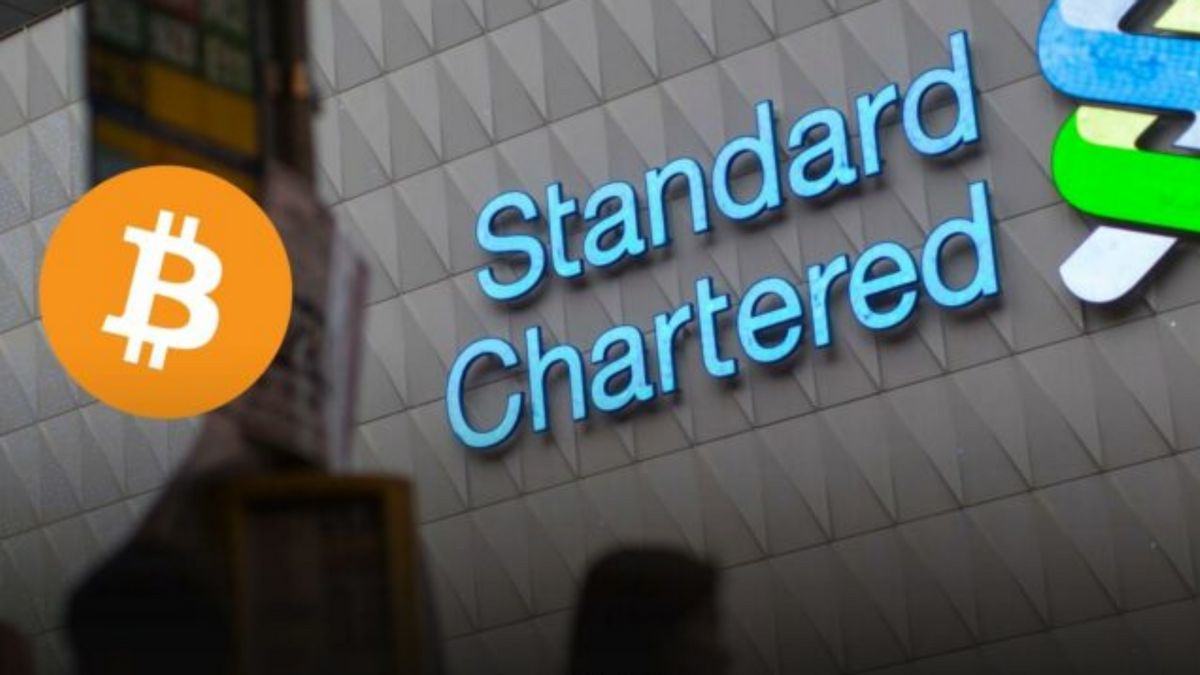Thanks to blockchain technology, financial transactions now have more options, especially in the DeFi sector. However, it can be complicated to comprehend the subtleties of each one, given the wide variety of protocols and platforms available. If you wish to take part in DeFi, you must be aware of these peculiarities, one of which is MEV. In this article, we will discuss the maximization of extractable value (MEV) and how it relates to DeFi. Continue reading!

What is MEV?
Miner Extractable Value is a concept associated with the Ethereum network and its proof-of-work consensus mechanism. It refers to the extra value miners can extract from making strategic choices. These include how they order, include, or exclude transactions when producing blocks. This serves as an additional source of revenue for miners beyond just being rewarded for the mining process itself.
The Merge in September 2022 saw Ethereum switch its consensus mechanism from PoW to proof-of-stake (PoS). Consequently, miners no longer create new blocks but validators instead. However, PoS systems aren’t immune to MEV either.
Like PoW systems, validators can make decisions that may lead to profit extraction if done strategically enough. Miners don’t create blocks anymore as they did before The Merge. Yet, some research has recently been done on ways miners can still enjoy MEV.
How Does MEV Work?
MEV works by having block producers (miners or validators) validate transactions on the decentralized chain. This validation process uses algorithms to determine whether a transaction can be added to the chain and that it is valid. Validated transactions are then placed into blocks added to the public ledger.
The role of block producers in MEV is crucial. They can influence network fees and determine transaction throughput. They can even decide when new blocks are released and establish consensus rules for entering or exiting the network.
Without them, there would be no way for users to sign off on their transactions or verify them before they are added to a chain. Block producers must take all necessary steps to ensure that no malicious actors take advantage of any potential loopholes which could lead to data being corrupted on the chain.
Examples of MEV
1. Front-running
Front-running is a type of market manipulation. It takes advantage of knowledge about pending transactions at the expense of others. Also, it has become prevalent with the advent of blockchain technology in decentralized protocols.
Through front-running, block producers and searchers can order transactions that will be more advantageous to them ahead of established transactions. Hence, it enables them to secure a more favorable price through MEV (miner extractable value).
A prime example is where someone can place buy and sell orders on either side of a significant buy order. Thereby knowing that it will impact the market and making a profit from it.
Front-running can lead to unfair profits, as those with access to inside information exploit their knowledge at the expense of other investors. As such, many regulatory developments are targeting these types of practices around the world. Further, cryptocurrency exchanges are attempting to counter front running by introducing algorithms, among other initiatives. However, this type of gaming is still difficult to be discovered and prevent entirely.
2. Arbitrage
Arbitrage involves profiting from price discrepancies between different asset exchanges. This is possible when the same asset or token is priced differently across various DEXs at any given time. Whenever an arbitrage opportunity presents itself, skilled traders will jump on it to capitalize on the spread per unit without exposing themselves to many risks.
In recent times, MEV has become popular amongst bots that are always searching for these opportunities. Through MEV, these bots can detect pending transactions and insert their transaction ahead of them. This is with the intent of cashing out on the arbitrage before anyone else does.
By displaying quick reflexes, they can transfer value from what was initially offered as an arbitrage trade.
3. Liquidations
Liquidations are a key element of decentralized finance (DeFi) and part of how these protocols work. They protect lenders from defaults by liquidating positions when the value of the collateral drops below a certain point. This is done through smart contracts, which trigger liquidation transactions and often pay a reward or fee to the transaction that triggers it.
As such, an opportunity arises for cryptocurrency market searchers or block producers. They can program their computers to spot this kind of transaction and first get their liquidation order to capture the reward or fee.
Conclusion
Even though there are still a lot of unanswered questions regarding MEV and how it will affect the DeFi ecosystem, it is obvious that this idea is here to stay. Understanding MEV is crucial for remaining on top of the game, whether you are a DeFi enthusiast or are just beginning to explore this fascinating world.
Personal Note From MEXC Team
Check out our MEXC trading page and find out what we have to offer! There are also a ton of interesting articles to get you up to speed with the crypto world. Lastly, join our MEXC Creators project and share your opinion about everything crypto! Happy trading!
Join MEXC and Get up to $10,000 Bonus!
Sign Up

